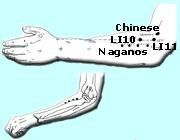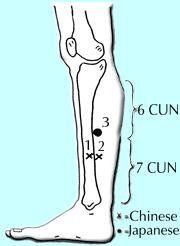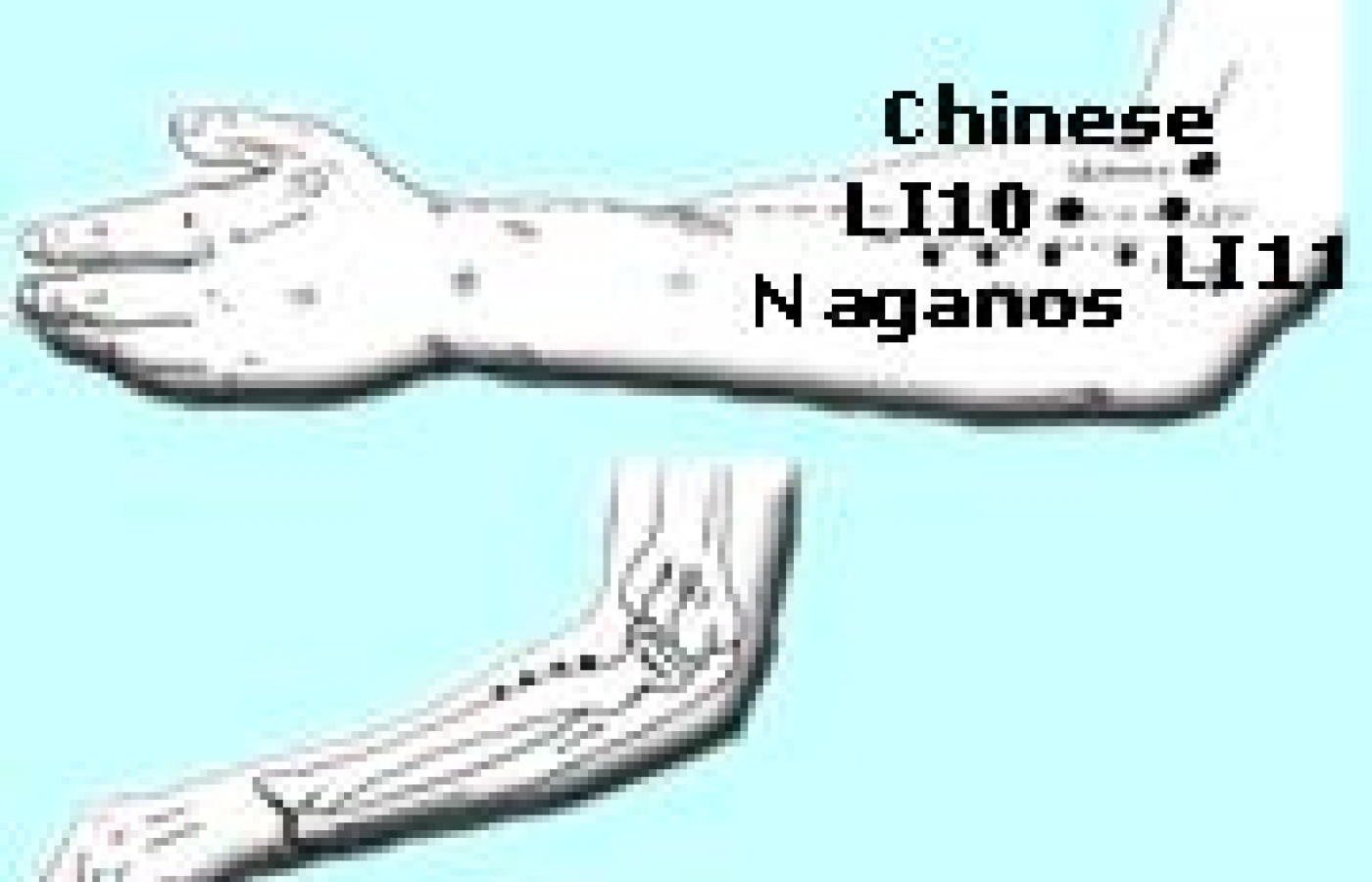Whether you accept it, avoid it or live somewhere in between, insurance coverage has become a defining issue for our profession. Patients increasingly expect to use their benefits, practitioners want to be compensated fairly for their time and expertise, and the system itself remains – at best – fragmented. The encouraging news is that coverage has expanded in meaningful ways. The challenging news is that reimbursement, across the board, remains inadequate.
Prolapse: A Natural Condition with Oriental Medicine
The development of prolapses is a natural human condition. They can come about due to a weakened physical condition; age; gravity; excess weight; various childbirth situations; organ removal; or organ weakness. In Chinese medicine, prolapses are primarily viewed as being related to sinking spleen qi. In Japanese theory, this concept is expressed in slightly different ways, ultimately as being related to weak immunity (a component of which is spleen qi, our source of postnatal nourishment), as well as kidney qi deficiency. In a nutshell, the essential Oriental medical treatment plan revolves around raising the yang, or the qi of the spleen.
Prolapses may occur in several parts of the body. Common sites involve the rectum, bladder, uterus and intestines. Incompetent sphincters that allow for acid reflux disease, hiatal hernias, inguinal hernias and even mitral valve prolapse of the heart fall within the domain of prolapses.
Patients may come to be treated for these conditions as their major complaint, or it may be a symptom that is part of their condition. In any event, prolapses can be addressed with an Oriental treatment strategy if the prolapse is not to the point that it needs to be repaired surgically. The modalities most suited for this condition include needles, moxibustion and the TDP lamp (therapeutic infrared lamp).
While each type of prolapse has specific points that are clinically effective for its specific differentiation, a core outline of points that one could use to treat prolapses, then augment or modify based on signs and symptoms, includes KI27 (shu fu), ST13 (qi hu), GV20 (bai hui) and LR5 (li gou), and a special group of points known as the Naganos. Let us look at the unique energetics of this group of points and discuss their needling techniques.
Energetics
KI27 is the last point on the kidney meridian. Energetically, it is classified as the shu of shu points. Remember that according to Oriental medical theory, a shu point can monitor and treat aberrations of the qi and blood. As the shu of shus, it has the energetic effect of adjusting the qi and blood of all the organs. KI27 is located two cun lateral to the ren channel, on the lower border of the clavicle. To determine the need to needle this point, rub each point separately for about three seconds in a transverse manner. The point typically elicits an achy sensation, indicating that the point could benefit from treatment.
ST13 is located close to KI27. It is found four cun lateral to the ren channel on the lower border of the clavicle. In Japanese acupuncture, ST13 is considered the most important point in the treatment of prolapses, analogous to GV20 in Chinese acupuncture. A loose translation of ST13's name in Japanese is to "cause a reversal," hence its applicability to the treatment of prolapse. It is somewhat similar to the Chinese translated name, "qi's household." ST13 is a site of intersection of the stomach, large intestine, triple warmer, small intestine, and many other divergent meridians, hence its ability to raise the yang.
GV20 (as mentioned) is perhaps the point most well-known for the treatment of prolapse. Located five cun within the anterior hairline on the governing vessel channel, it has the ability to raise the yang, especially with the use of moxibustion.
LR5 is an additional point that can be treated, especially if the prolapse is liver related, as in the case of inguinal hernia or uterine prolapse. As the luo point of the liver channel, LR5 can be used as a longitudinal luo to stimulate the organ and meridian of the liver. The liver meridian encircles the external genitalia, connects to the uterus, and dominates the tendons, muscles, ligaments and nerves. Liver 5 has three potential locations, which will be covered in the needling section of this article.
The Naganos are a special group of points that can be needled in the treatment of prolapse. They are in close proximity to LI11 (qu chi) and LI10 (shou san li) and have equivalent energetics. As the he-sea point of the large intestine and upper he-sea point of the stomach respectively (meaning they are the sources of postnatal qi that strengthen organ qi and produce blood to nourish tendons and muscles), these points are powerful qi and blood tonics.
To locate the Naganos, which run parallel to the areas of LI10 and LI11, find the ulna bone close to LI11 and slide over it. The Naganos are located between the ulna and the large intestine meridian. These four points are located about one fingerbreadth apart as you move distally from the elbow crease. Palpate the Naganos one point at a time, one side at a time, to find the most tender point on each arm.
Prior to needling, palpate all of these points in a manner similar to that described under KI27 as physical verification of their involvement with the prolapse. See Figures I and II for the locations of Liver 5 and the Naganos. Palpate the three locations of Liver 5 in the following way:
LR5 (1): vertically, in the cleft on the bone;
LR5 (2): vertically, off the bone;
LR5 (3): vertically, off the bone.
Needle Technique

Both KI27 and ST13 are needled the same manner, transversely toward the lateral aspect of the chest, 0.3-0.5 inches. An efficient technique I have adopted is to connect the two points by way of threading or through-and-through needling. This reduces the number of needles normally required from four to two. Insert the needle into KI27 and thread towards ST13. Use caution by not obtaining qi or using a lift-thrust method due to the proximity of the lungs and the potential of causing a pneumothorax.
GV20 has a number of needling techniques depending on what it used for. In the treatment of prolapse, I needle the point obliquely on a 45-15o angle in the direction of the meridian: that is, anteriorly, which is a tonification technique because this is the direction of the meridian. Insert the needle 0.5 inches in this manner. A small amount of qi may be obtained. If moxa, the method of choice, is used, burn three cones of moxa on the point in a direct, non-scarring method, or warm with a moxa pole. Use caution not to burn the head hair.

Choose the most tender LR5 point location. Each point is needled the following way: LR5(1) and (3) - needle 0.3-0.5 inches proximally in the direction of the meridian; LR5(2) - needle transversely 0.3-0.5 inches toward the inner leg. A small amount of qi may be obtained on the selected point.
The most tender Nagano point on each arm can be needled. Insert the needle perpendicularly 0.5-1.0 inches. Do not obtain qi; rather, lift and thrust gently but repeatedly to break through areas of calcification that develop in these points. Here, you are using the needle to mechanically break up obstruction in the area, which tends to be gummy at first, then crunchy as you break up the gumminess. This technique produces a strong bearing-down sensation during needling, and achiness after treatment. Repeat the lift-thrust technique 2-3 times during treatment.
As mentioned previously, other points may be added to the core treatment plan. Likewise, moxibustion can be applied to all of these points for 3-5 minutes. An adjunct modality I find effective for abdominal prolapses is to apply the TDP lamp over the abdomen for a period of 20 minutes per session. This treatment is valuable for prolapses such as that of the bladder, uterus and intestines. The effect of the lamp serves to strengthen kidney qi, whose natural energy rises and supports the qi of the spleen.
In my clinical experience, all of these modalities have proven successful in individual cases, if not for complete remediation of the problem, at least to help stabilize the condition if it has not progressed to the point of requiring surgical intervention.



